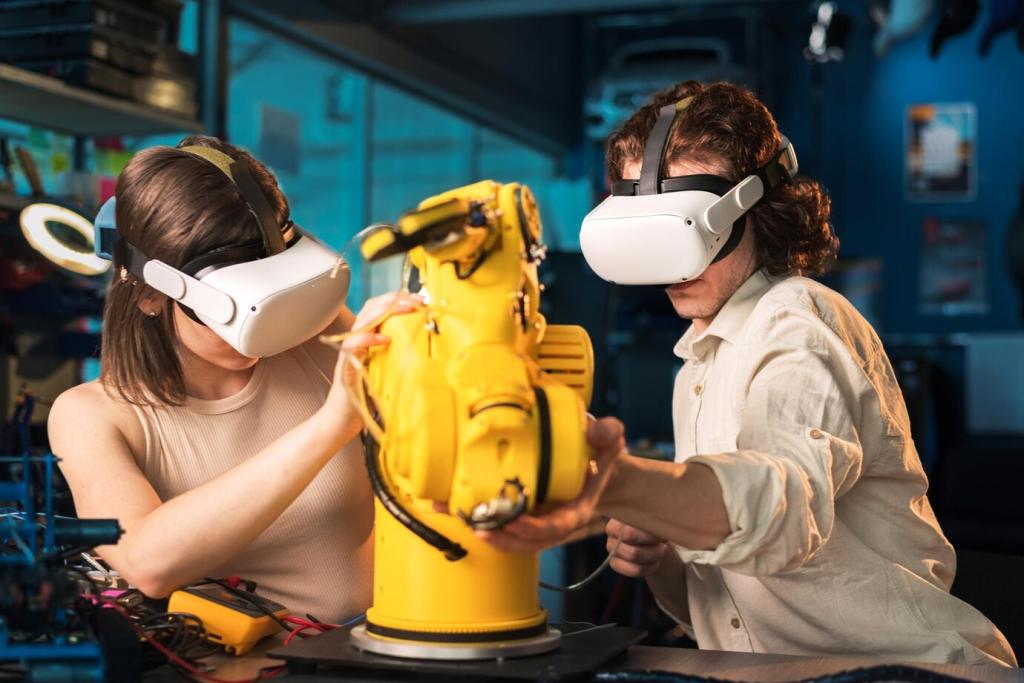
Top DIY Robotics Kits for Beginners: Your Friendly Launchpad
Chosen theme: “Top DIY Robotics Kits for Beginners”. Discover approachable kits, real first-build stories, and step-by-step guidance to help you assemble, code, and celebrate your very first robot. Subscribe and share your progress so other newcomers can cheer you on.

Starter Kit Styles: Arduino, micro:bit, and Modular Builds
Arduino-based kits shine because the open-source ecosystem keeps learning approachable. Expect breadboards, LEDs, servos, and simple sensors. Blink transforms into servo sweeps, and soon a practiced loop reads inputs, reacts predictably, and teaches reliable cause-and-effect thinking.
Starter Kit Styles: Arduino, micro:bit, and Modular Builds
The micro:bit’s friendly block editor turns ideas into code without fear. Built-in radio, LEDs, and an accelerometer invite playful experiments, while optional expansion boards grow with you, bridging effortless beginnings to more advanced robotic adventures at your own pace.


Your First Build: A Line-Following Robot
Planning and Parts Checklist
Sketch your chassis, list parts, and choose a kit that includes two DC motors, a motor driver, and infrared sensors. This planning ritual clarifies goals, shortens build time, and prevents last‑minute hunts for missing screws.

Block-Based Programming Confidence
Start with drag-and-drop blocks to master sequencing, loops, and events. Finishing quick challenges—like avoiding obstacles or reacting to claps—cements fundamentals so future text-based code feels like translation rather than reinvention, easing nerves and encouraging joyful experimentation.
Transitioning to the Arduino IDE
Move into the Arduino IDE by rewriting a block project as setup and loop functions. Add variables for speed, read sensors, and conditionally steer. Celebrate compiling cleanly, then iterate with comments and meaningful names that future you will instantly understand.
Reading Sensors Like a Pro
Practice smoothing noisy readings with averages, hysteresis, or simple filters. Compare analog and digital signals, and log values to spot patterns. These habits transform mysterious glitches into solvable puzzles and make inexpensive beginner sensors feel remarkably dependable.



Common Pitfalls and How to Avoid Them
Beginners often power motors and logic from one tired battery, causing resets. Separate power rails or use proper regulation, and mind polarity. Stable power makes sensors honest, motors obedient, and your code suddenly look smarter than yesterday.
Common Pitfalls and How to Avoid Them
Breadboard jumpers can wiggle loose mid-test. Tug gently, seat firmly, and consider dupont locks or solder once designs stabilize. Add small decoupling capacitors near controllers to quiet noise that masquerades as haunting, inexplicable software bugs.
Introduce yourself in a supportive forum or local club, share your kit choice, and ask one concrete question. Helpful responses arrive faster than you expect, and you will meet mentors who remember their own shaky first robots.

